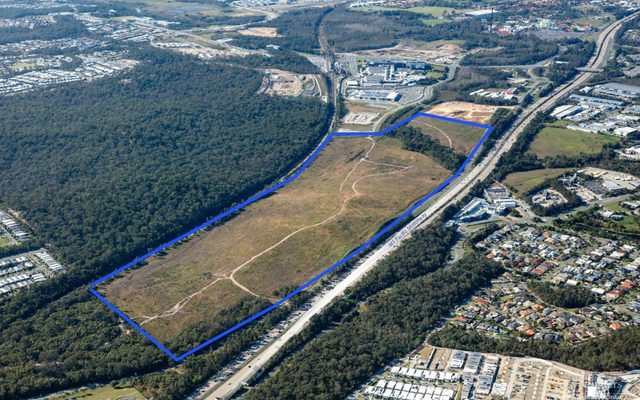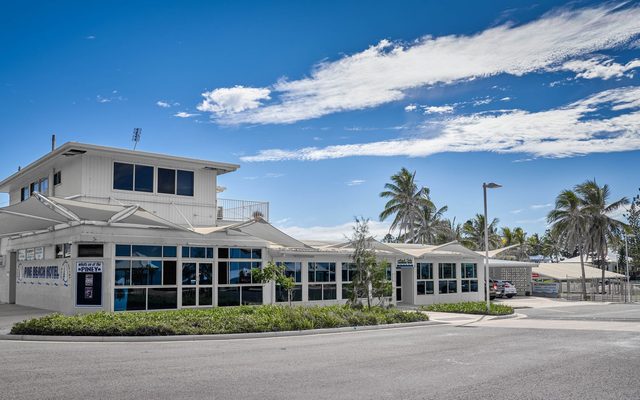This article is from the Australian Property Journal archive
WHILE capital cities across the country continue to record new record-high house and unit prices, a slowdown in annual price growth could point towards some heat finally coming out of the market, according to Domain, as affordability is stretched to near breaking point.
Domain’s House Price Report for the June quarter showed house prices in the capitals rose for the sixth consecutive quarter, maintaining a consistent pace with the previous quarter, but slowed compared to the 2023 quarterly gains.
Unit price growth decelerated significantly, posting the weakest quarterly outcome since early 2023, growing at a rate four times slower than the previous quarter.
“We saw a slowdown in annual gains for the first time this growth cycle for both combined capital house and unit prices,” Domain’s chief of research and economics, Nicola Powell told Australian Property Journal.
“Affordability has become extremely stretched.”
“The fact that we’ve now got momentum loss on that annual basis really showcases that the breaks are being applied in terms of price growth. When you look at the last couple of years, the level of price growth is unsustainable, and we know Australians are doing it tough financially.”
On the back of tight supply continues to be the runaway leader for the price growth, leading quarterly and annual price growth for houses (at 6.6% and 23.8% respectively) and units (7.8% and 25.5%), hitting new record highs in the June quarter. Its median house price is now $852,240 – it has risen at a rate of $448 per day for the past year – and median unit price is $466,720.
Brisbane and Adelaide are still performing strongly, with both also posting new benchmarks. Brisbane house prices are expected to crack the $1 million mark in the coming quarter as annual gains hit a two-year high of 16.9%. Units recorded an 11th consecutive quarter of growth, taking the median past Melbourne for the first time in 15 years and putting the city into third place nationally.
“What is going to become more evident is a bit more of a multi-speed market. I think that is likely to become more evident as time goes on,” Powell told Australian Property Journal.
“I do think we’re still going to see some star performers such as Perth, which seems to still be extremely robust, and Brisbane. Overall, we’re likely to see prices rise, but I think it’s going to be much more modest in terms of its pace of growth compared to what we have been seeing.”
House prices in Sydney hit a new peak in the June quarter, of more than $1.66 million, albeit with modest growth. Melbourne house prices performed similarly, hitting a median of $1.068 million, some 2.3% lower than its peak.
For units, prices in both of the major markets came off in the quarter. Sydney is now 1.7% below its peak, at $797,212, and Melbourne 7.8% below its peak, at $555,461.
Powell said the key is that there is an increase in new listings coming to market, with the figure across the capitals at the end of June 7% higher year-on-year.
“New listings are coming to market quicker than they are being sold. So what that means is overall supply is rising across our combined capitals,” she said.
“I think that’s helping to change sentiment amongst buyers. Buyer sentiment is being really steered by affordability barriers, the high cash rate, high cost of living, and financial pain. We’re all feeling it financially. But what’s helping to change that sentiment is many of our cities are now starting to see supply lift, which means there’s a bit more choice. That takes away an element of urgency and it provides a little bit more negotiation power for a buyer.”
“Total supply in Sydney is 12% higher than it was 12 months ago. Supply rises are one of those key changes that you see in a slowing market.”
Powell said the recent pessimism towards the housing market from Australians is in “recessionary territory”.
“That’s really unusual to see at the same time a full rise in prices and a fully recovered housing market, which, I think, showcases the chronic undersupply of housing that we have in Australia overall.”
She noted that building approvals are still “extremely weak”.
“You’re probably only going to start to see stronger rates of recovery in the building sector in terms of approvals into 2025 and beyond. I think that’s when we’ll start to see the construction sector really kick off in terms of its providing supply.”
“This is the painful part of supply. Demand is a levers you can switch on and off pretty quickly – you can create a policy that gives first-time buyers money in their pocket and it brings a whole cohort of buyers to market and pulls forward a whole lot of demand.
“The flipside is supply – supply takes time. The construction sector has had its headwinds, it’s had its pressure. And they’re not fully alleviated now. It’s still expensive to build.”
According to Domain there is a 25% chance that the Reserve Bank of Australia will hike at its meeting next month. It believes it is likely that the RBA will hold the cash rate at 4.35%..
“Because inflation is still running outside of the bandwidth, it means that the rate cut is not going to come until early 2025. We may have to see a couple of rate cuts to really help alleviate financial pressures and change that sentiment amongst consumers. I think once we start to see that dynamic unravel, that could be the spark for yet another price cycle,” Powell said.




